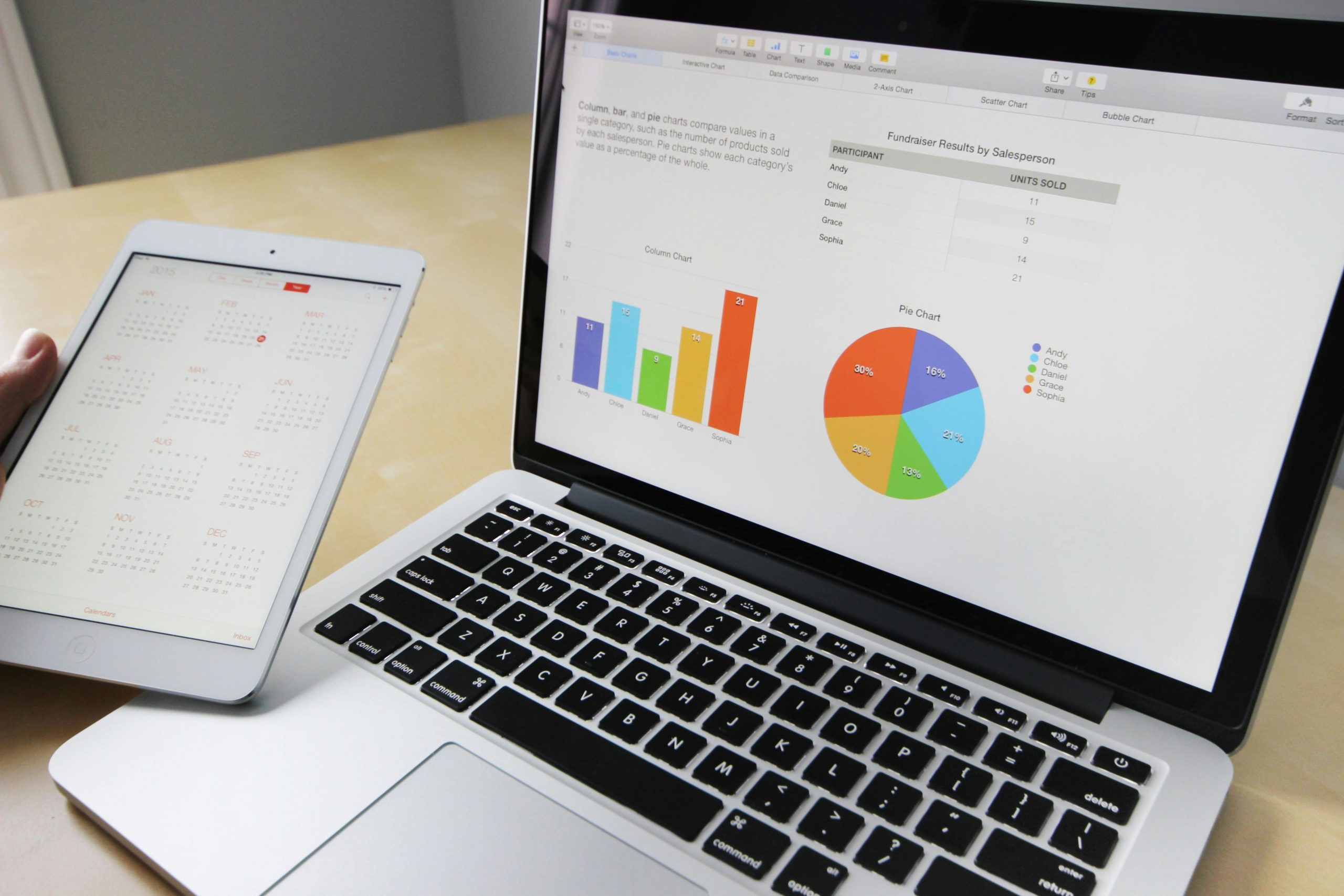How Can Real-Time Traffic Data Integration Reduce Commuting Time in UK Cities?

The urban landscape is continuously evolving. With the rise in the number of vehicles on the road, traffic congestion has become a significant issue affecting daily commuters in the UK cities. The need for an efficient traffic system that reduces the time spent in traffic is crucial. Could real-time traffic data integration be the solution we need? Let’s delve into how this smart city initiative can streamline transportation and help reduce commuting time.
Real-Time Traffic Data: A Game-Changer in Urban Transportation
In the heart of every bustling city, there’s a familiar sight: a sea of vehicles, from buses to cars, all stuck in an endless cycle of traffic. This congestion takes a toll on the environment, people’s time, and the city’s overall productivity. But with the advent of real-time traffic data, there’s hope on the horizon.
Cela peut vous intéresser : What’s the Potential of AI-Driven Predictive Analytics in UK Retail Stock Management?
Real-time traffic data refers to information gathered and updated continuously concerning road conditions, traffic flow, and other essential elements of the transportation system. This data, when integrated into urban transportation strategies, can help city planners and commuters make informed decisions, reducing congestion and travel time.
How Public and Private Transport Benefit from Real-Time Traffic Data
Public transportation systems, like buses and trams, are the lifeline of any city. They ferry thousands of people across the city, from scholars rushing to their institutions to working professionals making their daily commute. However, these systems are often plagued with delays and inefficiencies due to unforeseen road conditions.
A lire aussi : What’s the Potential of AI-Driven Predictive Analytics in UK Retail Stock Management?
By integrating real-time traffic data, these public transportation systems can plan their routes and schedules better. For instance, if the data suggests a particular road is congested, the bus can opt for an alternate route. This not only ensures the smooth operation of the transport service but also minimizes delays, ensuring people reach their destinations on time.
Private transportation can also drastically benefit from real-time traffic data. Mobile applications utilizing this data can guide drivers to opt for less congested roads, avoiding traffic hotspots, and reducing their travel time.
Data Integration: The Key to Smart Urban Planning
Urban planning is a complex task, involving numerous factors ranging from population density to infrastructure availability. But one crucial element stands out in this digital age: data. Integration of real-time traffic data into the urban planning process can revolutionize the way cities are designed and operated.
With access to traffic data, city planners can identify congested zones and peak traffic hours. They can then use this information to devise strategies to alleviate these bottlenecks, such as improving road infrastructure or optimizing traffic light timing. Additionally, the data could also aid in planning future infrastructure development, like deciding where to build new roads or bus stops, making the city more efficient and commuter-friendly.
The Future of Traffic Management with Data Integration
As cities grow and evolve, so does their transportation needs. Implementing real-time data integration isn’t just a smart move; it’s a necessary step towards developing sustainable and efficient urban landscapes.
Technologies such as Artificial Intelligence (AI) and Internet of Things (IoT) can significantly aid in collecting and analyzing this data. For example, AI-powered traffic cameras can capture real-time traffic information, while IoT devices installed in vehicles and on roads can continuously transmit this data. This data can then be analyzed and used to predict traffic patterns, providing valuable insights for traffic management.
In the future, we may even see autonomous vehicles equipped with these technologies, further improving the traffic system. These vehicles can communicate with each other and the traffic management system, adjusting their routes and speed based on real-time traffic data, thus minimizing congestion and reducing travel time.
While the integration of real-time traffic data is still in its nascent stages, it holds great promise for the future of transportation in UK cities. As we move ahead, it will play an instrumental role in shaping smart cities, reducing commuting time, and fostering a more sustainable urban environment.
Real-Time Traffic Data and Commuters: Improving Quality of Life
One of the most significant advantages of integrating real-time traffic data into our transport networks is the potential improvement in the quality of life for commuters. Extended travel times due to traffic congestion can lead to increased stress levels, reduced leisure time, and lower productivity levels. By reducing commuting time, real-time traffic data can directly contribute to improving the everyday lives of people.
Imagine the scenario: you’re about to leave for work, and you check your mobile phone for the quickest route. Based on real-time data, the application suggests an alternate route that’s less congested, saving you time and the stress of being stuck in traffic. This is not a far-fetched idea but a reality that’s fast taking shape in many UK cities.
On the other side, public transport which forms an integral part of urban transport can also leverage this data to enhance services. Real-time data can inform decision-making processes in public transportation. For instance, if buses know which roads are congested, they can reroute to ensure they remain on schedule, providing a more reliable service to passengers.
In essence, real-time traffic data can provide a better commuting experience, resulting in an improved quality of life for city dwellers.
Data Sharing: Strengthening the Backbone of Urban Transport
How can real-time traffic data be collected and shared effectively? This question is key to the successful implementation of a data-integrated traffic management system. There are multiple sources of traffic data, from traditional methods of manual counting to advanced technologies such as AI and IoT.
Google Scholar, a widely used web search engine, has numerous studies demonstrating the effectiveness of data sharing in improving transport systems. AI-powered cameras, for instance, can monitor traffic flow, detecting any congestion or accidents, and relay this information in real time. Similarly, IoT devices installed on vehicles or at various points on transport networks can continuously collect and transmit vital traffic data.
Sharing this data across different platforms – mobile apps, public transport systems, and urban planning departments – is crucial. It ensures that all stakeholders, from individual commuters to city planners, can make informed decisions based on real-time information. This coordinated approach is likely to result in a more efficient and effective transportation system.
Conclusion: Real-Time Traffic Data Integration – The Road to Smart Cities
In conclusion, the integration of real-time traffic data into the transportation system is an essential step towards developing smart cities. It’s a transformative approach that can alleviate traffic congestion, reduce commuting time, and contribute to an improved quality of life for citizens.
The potential of real-time traffic data is immense. It not only empowers commuters and public transport operators but also provides invaluable insights for urban planners, helping shape more efficient and sustainable cities.
As technology continues to advance, so will methods of data collection and analysis. The future of urban transport looks promising, with AI and IoT leading the way in traffic management. While the implementation may still be in its early stages, the UK is well on its way to harnessing the power of real-time traffic data to revolutionize its cities.
In the grand scheme of things, the integration of real-time traffic data is more than just about improving traffic flow. It’s about building smarter cities that provide a better quality of life for their inhabitants. The journey has begun, and it’s an exciting road ahead.
